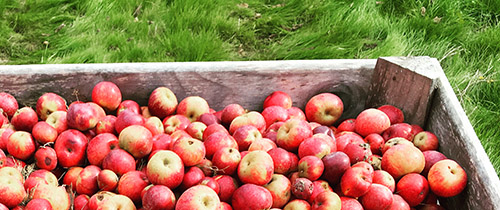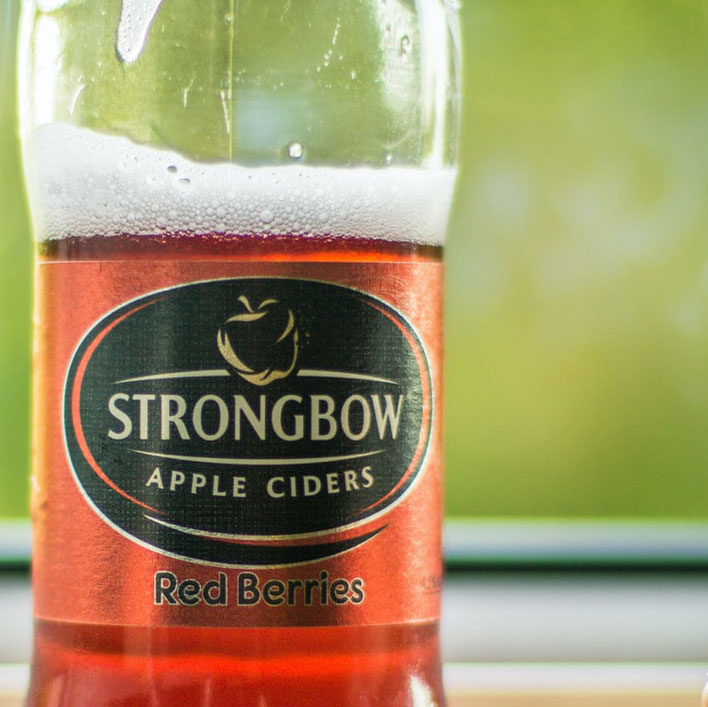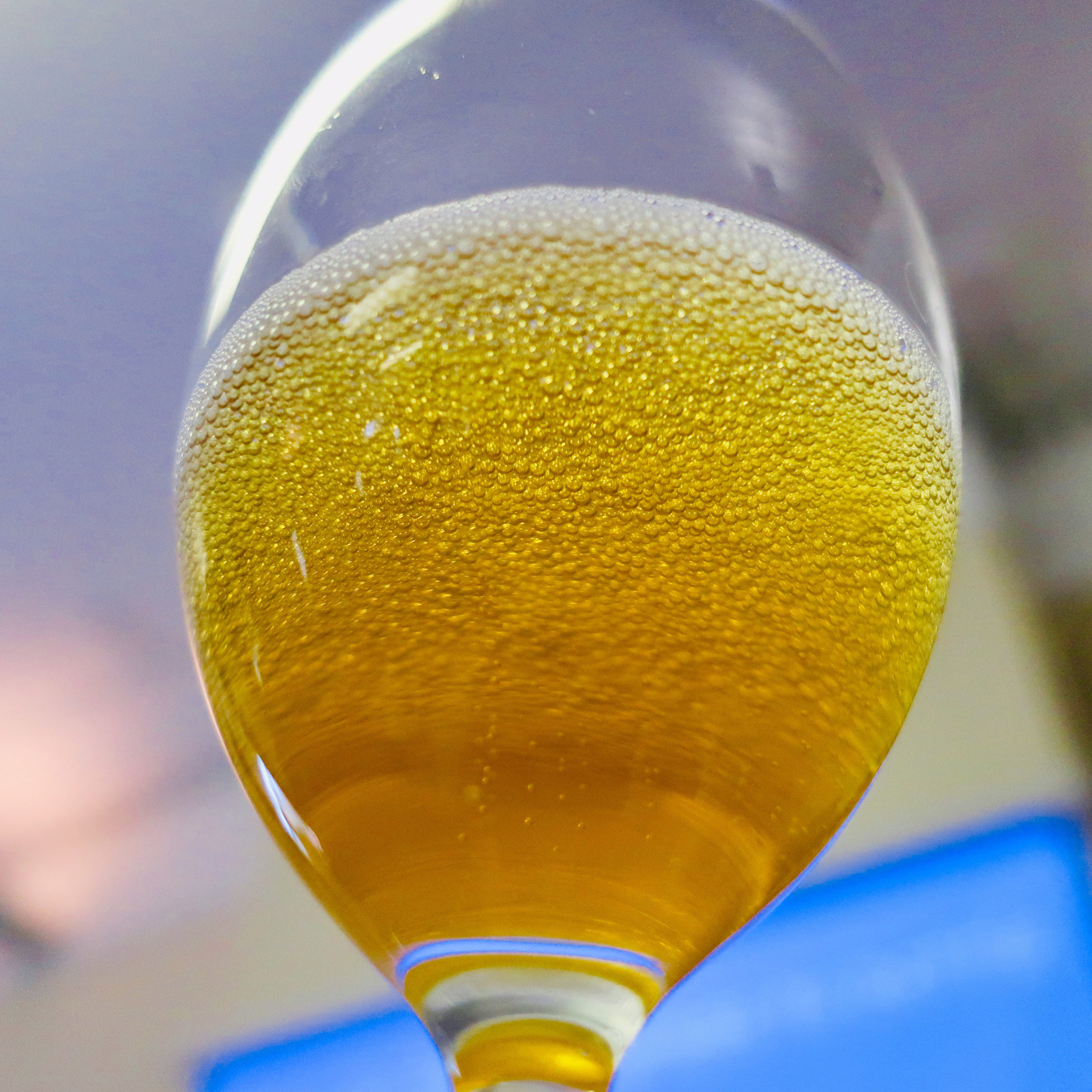Learn & Discover
Talking about cider
As with any sensory pleasure, be it food, drink or music there is a whole language of terms and references that come with enjoying cider. At first glance, hearing them down the pub or at a tasting, you could be forgiven for finding them a little intimidating.
James Finch, AKA the Cider Critic, has put together this introductory guide to some of the basic words and details that you can use to unlock a more informed cider and perry drinking experience. You can explore these tools in your own time, on any device, helping you to spend your money more wisely and to advocate for the cause of cider and perry makers using your new found knowledge.
James Finch
Cider writer, educator and reviewer James Finch is the founder of the Cider Review where he champions ‘the passion and tradition of the fantastic world of cider and perry’ and he can also be found by his YouTube channel.

Apples and pears
I’m sure you already know this but, ‘Cider’ is made from apples, whereas ‘Perry’ is made from pears. However, ‘Pear Cider’ is sometimes used for a ‘Perry’ made from dessert pears (as opposed to Perry Pears). Confusingly it can also refer to a Cider/Perry hybrid made from both apples and pears or a cider with added pear juice.
Cider can be made from any apple: Cider, Culinary, Dessert or Wild (crab) apples. Where Perry can be made from Perry or Dessert Pears.
Cider making
Cider is made in a very similar way to wine. The apples are collected, crushed (or milled) and then pressed to extract the juice. That juice then goes through a ‘fermentation’ where yeast converts the sugar in the juice into alcohol. The higher the sugar content of the juice, the higher the final alcohol percentage by volume.
All cider finishes ‘still’ as the carbon dioxide escapes through an air lock (otherwise it would collect, pressurise and bang). To make it sparkling, some cider makers will encourage a secondary fermentation in the bottle by adding a little sugar and sometimes yeast, known as ‘bottle conditioning’. Other cider makers especially on large scales may force carbonate, where carbon dioxide is pushed into the bottle of still cider before the cap is put on.
There are a number of ways that cider can become spoilt and undrinkable. The most common cause is through over exposure to Oxygen which will cause it to become vinegar. Also, in order to preserve freshness, you will find that a lot of ciders and perries contain ‘Sulphites’.


Types of cider
Cider comes in many shapes and sizes, but in general there are two types you will come across; a ‘blend’ or a ‘single variety’.
- Blend – this is where the cider is made from more than one variety of apples.
- Single Variety – these ciders are made from one variety of apple.
Levels of sweetness
You will find that blends sometimes come as ‘Sweet’, ‘Medium’, or ‘Dry’. These are created by adding sugar, apple juice or sweetener to the finished cider, usually none for dry, a little for medium and some more for sweet.
There are also methods that can create naturally sweet ciders without adding any sugar to the juice or final cider, such as ‘Keeved’ or Pétilant Naturel’ (Pet Nat).
Mainstream Cider Making
As you’ve read above, cider making is a fairly simple process when working with 100% juice. However, juice is expensive and difficult to store, so a lot of the mainstream ciders you see in the supermarket or on tap at your local aren’t 100%.
There are two main processes used:
- ‘Chaptalisation’ – this is where additional sugar is added to the juice once it has been pressed, so that when it ferments it achieves a much higher alcohol content. The resulting liquid (cider) is stored and then watered down to the desired abv. Westons openly use this method.
- ‘Concentrate’ – this is where juice is boiled, to evaporate the water away leaving a thick high sugar syrup that will store almost indefinitely. This syrup is then reconstituted with water at a later date to the desired abv. Strongbow and Bulmers both list concentrate on their ingredients.


Ingredients and transparency
As you can now see, not all ciders are made the same or equal.
Be curious, and adventurous, seek out new independent producers and their products. Increase your understanding and awareness of what cider and perry have to offer and cultivate an understanding of what goes into making them.
One of the biggest challenges is knowing the differences due to a lack of transparency around ingredients. However, some of the bigger mainstream brands (Bulmers & Strongbow) have moved to list ingredients on their products. Many independent craft producers also do this, however many also do not.
Look out for those ciders stating that they are made from pure juice or only juice, or which have ingredients listed or carry the Small Independent Cider Makers (SICA) 90% juice sticker which guarantees the cider is made from at least 90% juice.
If you’d like to learn more then check out the “Enthusiasts Guide to Cider Terminology” (Coming Soon)


